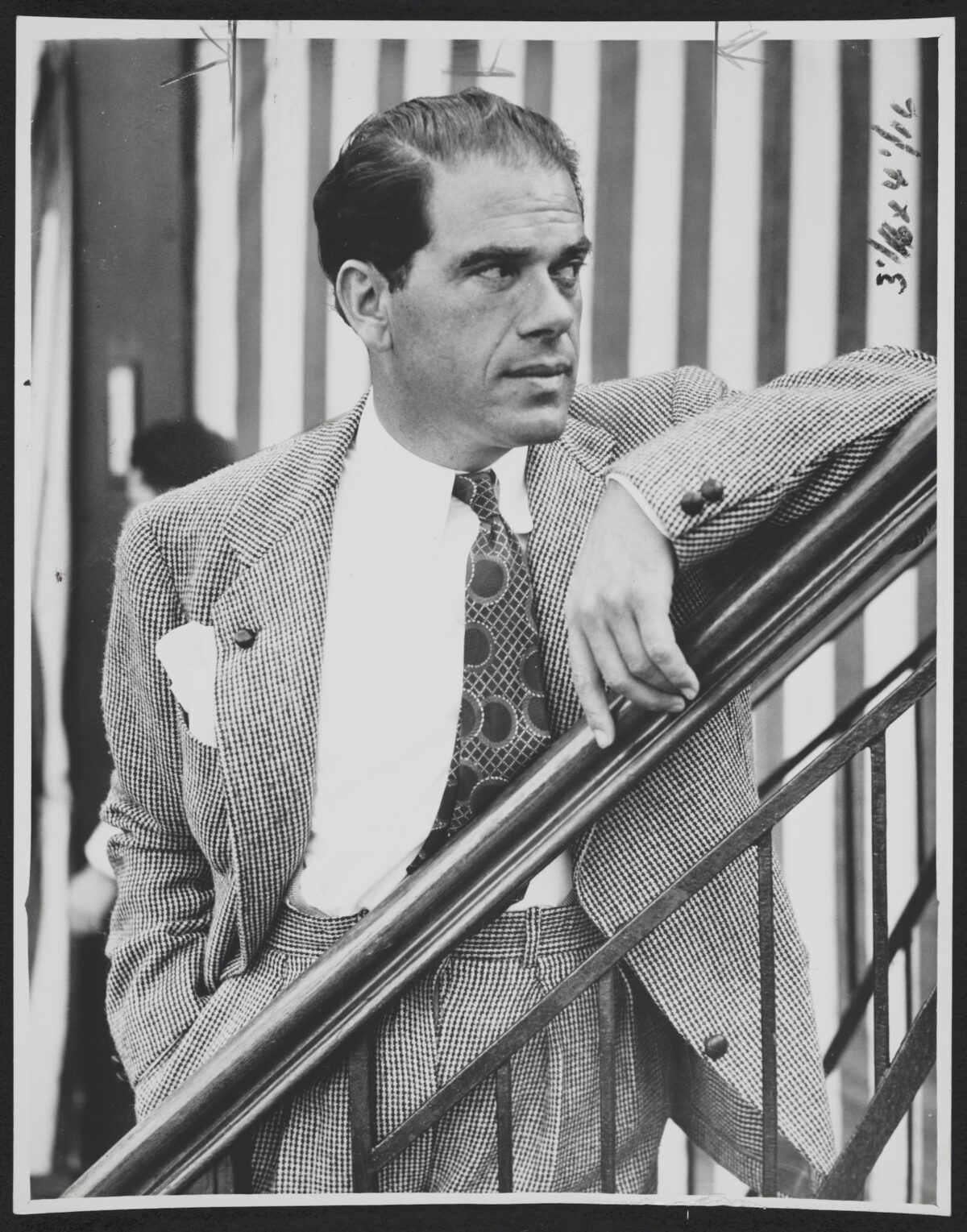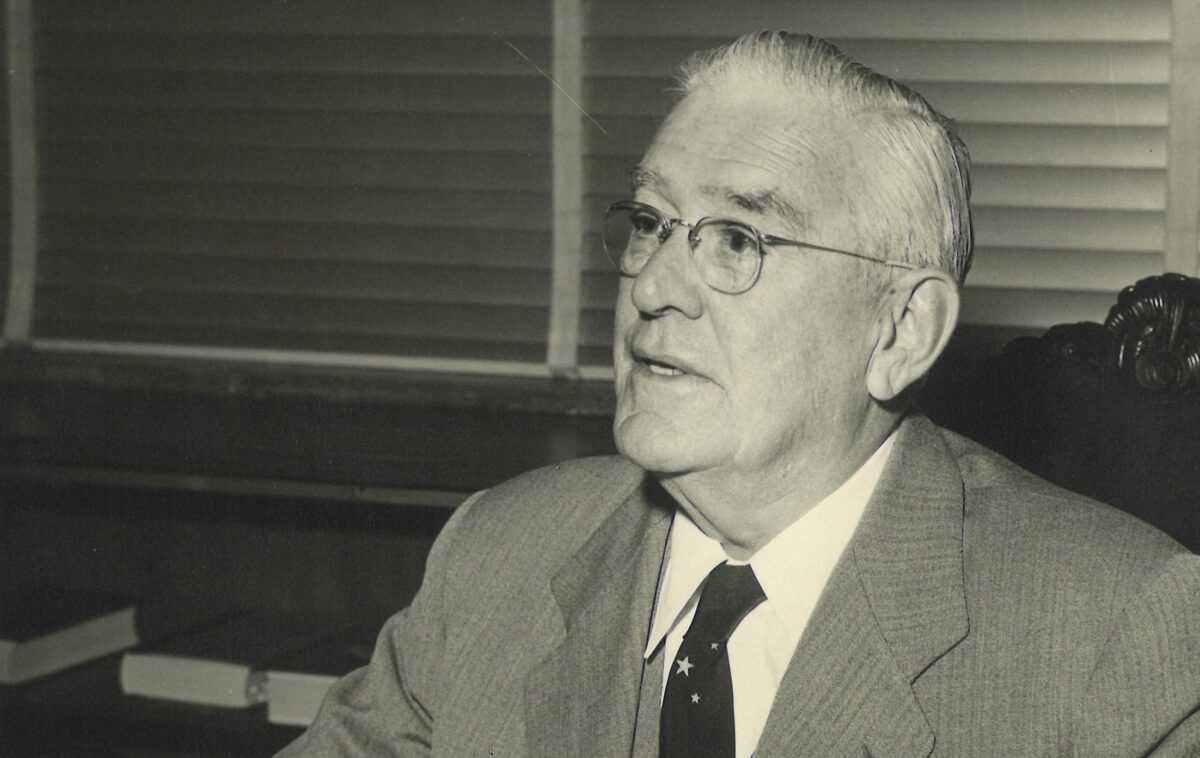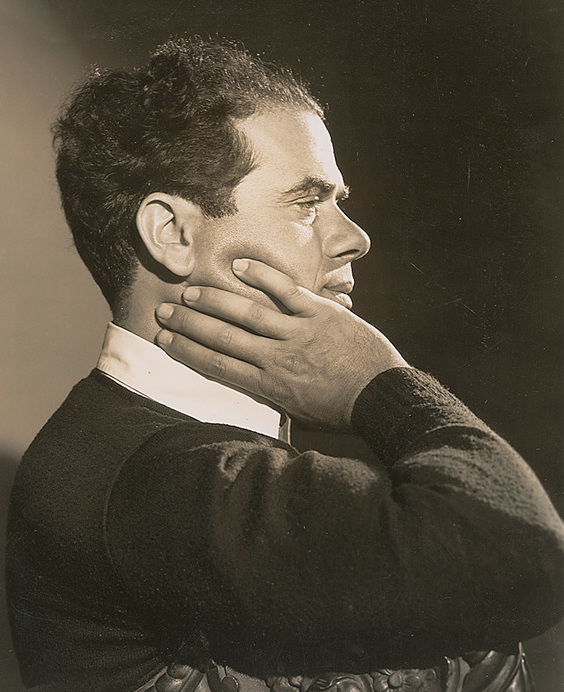‘Pocketful of Miracles’ from 1961: Frank Capra’s Holiday Finale
Commentary
Frank Capra is remembered as one of the most beloved directors of all time. His movies from the 1930s to 50s captured the American spirit with touching sentiment and truthfulness, which have made them enduring classics to this day. At this time of year, “It’s a Wonderful Life” from 1946 is played on television and at movie theaters around the country. This beloved Christmas classic starring James Stewart, Donna Reed, and Lionel Barrymore is not only one of the most popular holiday films but perhaps Capra’s most famous movie.
This Christmas season, I thought about reviewing “It’s a Wonderful Life,” but what could I say which hasn’t already been said? I’m sure all my readers have heard of and seen the film, so I don’t need to convince anyone that it’s a masterpiece. Thus, I decided to write about another Capra film which takes place during the holiday season. This movie is “Pocketful of Miracles” from 1961, which would be Frank Capra’s last feature film. Starring Bette Davis, Glenn Ford, and Hope Lange, it’s rarely included in the ranks of “Mr. Smith Goes to Washington,” “You Can’t Take It with You,” and “It’s a Wonderful Life” as one of his enduring classics.

This movie was a remake of Frank Capra’s 1933 film “Lady for a Day” starring May Robson and Warren William. Based on a 1929 Damon Runyon short story called “Madame La Gimp,” the earlier movie was a financial and critical success, earning Academy Award nominations for Best Picture, Best Director, Best Adapted Screenplay, and Best Actress for Robson. Capra wanted to remake this story in the 1950s, but studios’ belief that the story was outdated, combined with casting and financing problems, delayed the production for years. The director finally accepted Glenn Ford as the leading man, although he felt he was wrong for the part, since the actor agreed to partially finance the film if he co-produced and starred in it. Capra called the result a “miserable film,” which he described as “shaped in the fires of discord and filmed in an atmosphere of pain, strain, and loathing.” Where did this movie go wrong?
An Unlikely Story
Since the story was perceived as old-fashioned, this film ended up being set in the early 1930s, around the time when the original was made. The main character is Apple Annie (Davis), an alcoholic bag lady who sells apples on the streets of New York. She isn’t an average fruit peddler, though. She manages a huge organization of disabled beggars. One of her regular customers is Dave the Dude (Ford), a two-bit bootlegger with a big heart who thinks the apple he buys from her every day brings him good luck. Another friend he tries to help is a gambler who gets killed, leaving Dave $20,000 in debts and a failing night club. However, when the gambler’s daughter, Queenie Martin (Lange), vows to pay back her father’s debt, the Dude decides to set her up as an entertainer in her father’s nightclub so she can earn the money. Queenie’s speakeasy turns out to be a huge success, making them both a fortune and enabling her to pay the debt back within two years.
As Dave the Dude bargains with bigtime Chicago mobster Steve Darcey (Sheldon Leonard) to become top racketeer in New York, he continues buying his lucky apples from Annie, much to the chagrin of his cynical sidekick, Joy Boy (Peter Falk). Little does he know that she uses the money from her apple sales to support her illegitimate daughter, who has gone to a convent school in Spain since she was a baby. Now Louise (Ann-Margret) is coming to New York to visit her mother for the first time, thinking she is wealthy society matron Mrs. E. Worthington Manville of the Hotel Marberry. Annie has kept Louise from knowing the truth about her for years, but now her daughter is visiting with her fiancé, Carlos (Peter Mann), and his father, Count Alfonso (Arthur O’Connell). Queenie persuades the Dude to pay for Annie’s transformation into the woman her daughter believes her to be. Borrowing a hotel room for the society Cinderella isn’t hard, but keeping reporters and the Spanish consul from finding out and revealing the truth about the family of the count’s future daughter-in-law is not so easy.

Film critics who consider Frank Capra movies a little too syrupy often refer to his sentimental filmmaking approach as “Capracorn.” “Pocketful of Miracles” is the only Capra film I’ve seen which I think deserves the label. This picture lacks the substance and heartfelt message usually found in Capra movies. Instead, it offers a surprisingly rough story of gangsters, molls, and a female alcoholic. It includes violence, profanity, suggestive relationships, and general unpleasantness which would have been unthinkable in a movie by Frank Capra, or anyone else for that matter, ten years earlier. According to IMDb, Capra blamed Ford for financially pressuring him into making casting choices against his will and compromising his intentions for the production. However, I think the biggest reason this movie didn’t live up to the famous director’s standards had nothing to do with Glenn Ford or anyone else on the production team. It had to do with the powerful forces which influenced Hollywood’s content behind the scenes.
Capracorn and the Code
Frank Capra’s signature style was developed in the late 1930s, when the Production Code Administration (PCA), headed by Joseph I. Breen, was defining movie morality by enforcing the Motion Picture Production Code. Commonly called the Hays Code, this set of guidelines for film content encouraged not so common decency in movies while forbidding profanity, violence, and blatant or glamorized immorality. It’s no coincidence that Capra’s most endearing, enduring films were produced between 1934 and 1954, when the Production Code was strong under Joe Breen’s firm guidance. Capra movies released before the PCA’s formation, such as his Pre-Code Oscar-winner “It Happened One Night,” lack the moving messages about doing the right thing and good triumphing over evil for which he is now remembered. It was only after the introduction of the Code that he developed his signature style, since the heart and decency he always wanted to share through entertainment were not only allowed but encouraged.

Unfortunately, by the mid-1950s, Joseph Breen had retired and been succeeded by Geoffrey Shurlock, a theosophist who replaced his strong predecessor’s thorough enforcement of the Code with increasing laxness. The difference this caused in film content was obvious almost immediately after he took over in late 1954. By 1961, content standards in Hollywood movies had changed drastically. For whatever reason, Capra felt pressured to include uncharacteristic unsavory content in “Pocketful of Miracles,” making his sentimental touches seem like out of place bunches of “Capracorn.”
Frank Capra was aware of the purposeful shift which took place in movie content. In his 1971 autobiography, “Frank Capra, The Name Above the Title,” the retired director lamented the decline of morality in the film industry which he had witnessed firsthand: “The winds of change blew through the dream factories of make-believe, tore at its crinoline tatters. … The hedonists, the homosexuals, the hemophiliac bleeding hearts, the God-haters, the quick-buck artists who substituted shock for talent, all cried: ‘Shake ’em! Rattle ’em! God is dead. Long live pleasure! Nudity? Yea! Wife-swapping? Yea! Liberate the world from prudery. Emancipate our films from morality!’… Kill for thrill—shock! Shock! To hell with the good in man, Dredge up his evil—shock! Shock!”
Sugarplums and Polly Wolly Doodle
Technically, this a Christmas movie, but the holiday is never celebrated or discussed onscreen. In the background during the opening credits, you can see wreaths and other festive decorations around New York City. From people’s clothes, you can tell that it’s winter. However, the biggest reason that this is a Christmas movie is the background music. For no apparent reason, famous themes from Piotr Ilyich Tchaikovsky’s ballet “The Nutcracker” are abruptly played as accompaniment to climactic moments. For instance, the mysterious strains of “Dance of the Sugarplum Fairy” play when Annie gives her lucky apples to Dave the Dude, hinting of their magical lucky properties. Annie plays a record of “The Arabian Dance” while writing a letter to Louise. Perhaps funniest is the sudden playing of “March of the Toy Soldiers” when Annie’s makeover is revealed.

The biggest clue that this is a Frank Capra movie is the finale, when Annie’s beggar friends are riding in a cab while singing “Polly Wolly Doodle.” This is obviously a nod to the song’s inclusion in the heartwarming finale of “You Can’t Take It with You.” However, like all this movie’s sentimental moments, it feels like a forced knockoff of Capra’s magic.
Although he lived another thirty years, Frank Capra never directed another feature film after “Pocketful of Miracles.” Unlike many great directors from Hollywood’s Golden Era, he knew when to quit. Joseph Breen’s work made Frank Capra’s style successful and popular. When wholesome film content fell out of favor, Capra’s movies about love and kindness seemed corny. After being forced to compromise on “Pocketful of Miracles,” Frank Capra decided to quit rather than continuing to make films beneath his standards. This is an appropriate film to watch at the end of the year in honor of the end of a great director’s career, as well as the end of an era of entertainment.
Views expressed in this article are the opinions of the author and do not necessarily reflect the views of The Epoch Times.





